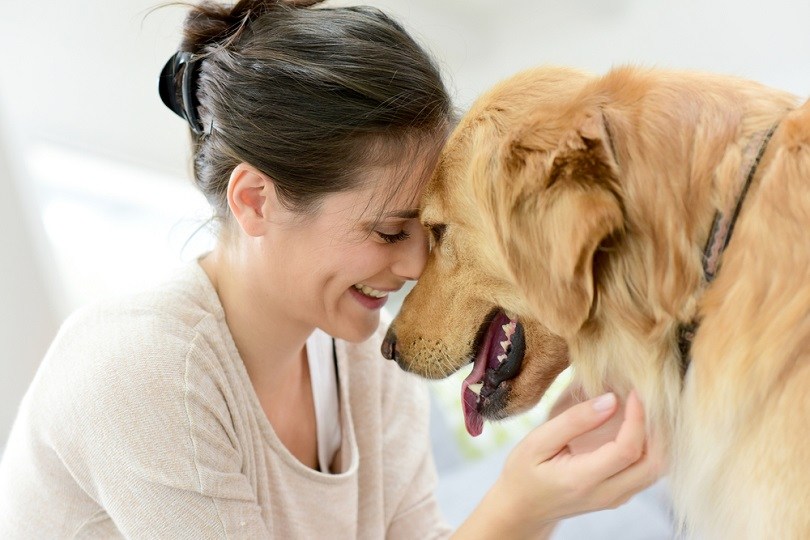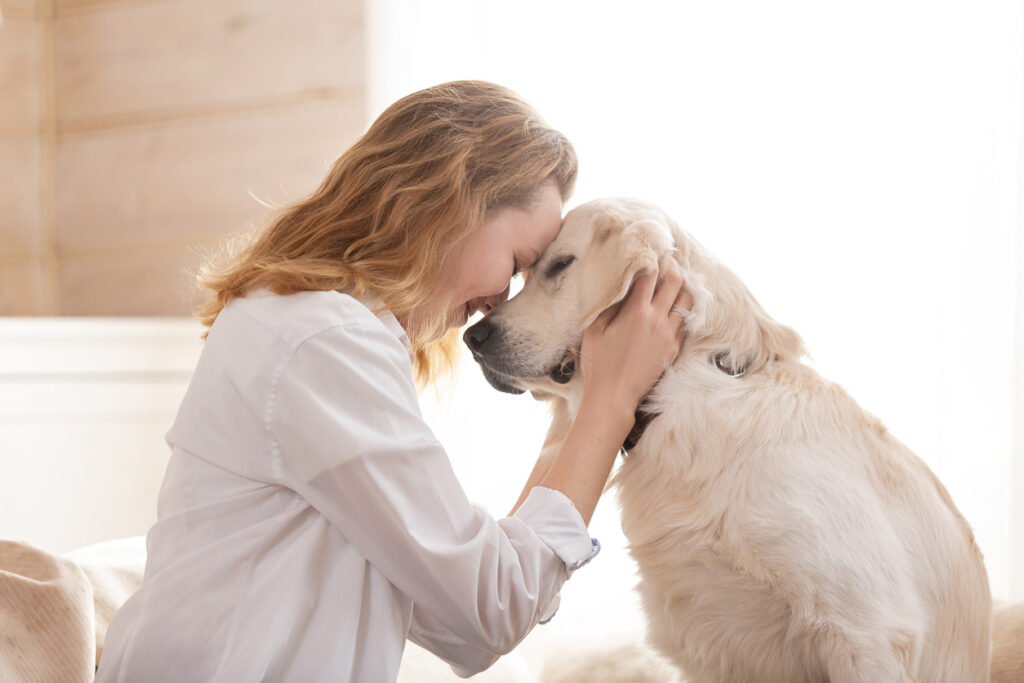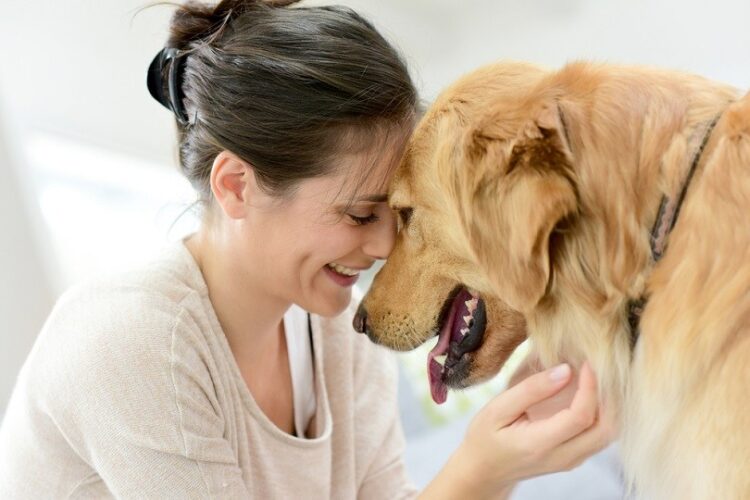
When it comes to ensuring your dog’s well-being, adopting a dog lifestyle model is one of the most effective ways to ensure a balanced, healthy, and happy life for your furry friend. Just like humans, dogs need structure and consistency in their daily routines to thrive. From dog behavior to dog care routines, and even pet health and wellness, every aspect of their lifestyle plays a crucial role in maintaining their overall well-being.
This guide will walk you through the key aspects of a dog’s lifestyle model, highlighting how a well-rounded dog care routine can positively impact your dog’s physical, emotional, and mental health. Whether you’re a first-time dog owner or a seasoned pet parent, understanding how to establish a solid daily routine will ensure your dog’s needs are fully met.
What Does a Dog Lifestyle Model Look Like?
A dog lifestyle model is essentially a balanced approach to managing your dog’s daily activities to promote optimal health, behavior, and happiness. It includes structured schedules for feeding, exercise, mental stimulation, and relaxation, making sure that your dog’s emotional, mental, and physical needs are met.
Dog Behavior and Routine
A consistent dog lifestyle model can significantly improve dog behavior by providing a predictable environment that helps your dog feel secure. Dogs thrive on routine; when they know what to expect each day, they are less likely to experience anxiety and undesirable behaviors. For example, having a set time for meals, walks, playtime, and rest can reduce stress and confusion for your dog.
Exercise and Mental Stimulation
An important part of any successful dog lifestyle model is incorporating enough physical and mental activities to keep your dog happy and healthy. Dog exercise routines help prevent behavioral issues like excessive chewing or barking by providing an outlet for their energy. Additionally, dogs need mental stimulation to prevent boredom, which can lead to destructive behavior. Incorporating dog enrichment activities, such as puzzle toys or scent games, can keep your dog’s mind sharp and engaged.
Healthy Habits for Dogs
Establishing healthy habits within your dog’s lifestyle is equally important. This includes proper nutrition, regular grooming, and routine veterinary visits. Following a dog care routine that integrates balanced meals, exercise, and hygiene ensures your dog is living a life of optimal health and well-being.
How to Create a Daily Dog Care Routine for Maximum Health
To create a lifestyle that promotes dog health and overall happiness, your dog needs a balanced daily routine that includes the essential elements of care, training, and play. Here’s how you can structure your dog’s day for maximum benefit:
Essential Components of a Dog’s Daily Schedule
- Morning Routine: Feeding, Walking, and Mental Stimulation
Start your dog’s day with a nutritious meal that suits their breed, age, and activity level. This should be followed by a dog walk to provide both physical exercise and an opportunity for your dog to explore and sniff. To engage your dog mentally, you can add a few minutes of training or interactive toys after the walk. This stimulates their mind and builds a positive start to their day. - Afternoon Routine: Playtime, Training, and Relaxation
In the afternoon, it’s important to maintain an appropriate level of activity based on your dog’s energy level. Active dogs may benefit from a vigorous game of fetch or an agility session. Meanwhile, dogs that are calmer can enjoy quiet play or more training sessions to reinforce good behavior. Be sure to incorporate plenty of breaks for rest, ensuring your dog’s body doesn’t become overworked. - Evening Routine: Grooming and Wind Down for Sleep
At the end of the day, your dog’s routine should focus on calming activities. This includes brushing their coat (especially for long-haired breeds) and checking their nails and ears for any discomfort. A final walk in the evening can serve as a calming transition before bedtime, ensuring your dog is ready to rest.
Balancing Physical and Mental Stimulation in Your Dog’s Day
Maintaining a balance between physical activity and mental engagement is key to a well-rounded dog care routine. Dogs, like humans, need both exercise for their bodies and activities for their minds to keep them happy and healthy. A lack of mental stimulation can lead to destructive behaviors, while insufficient physical activity can cause weight gain and other health problems.
Include activities like dog-friendly activities (e.g., dog parks or hikes) and interactive games like hide-and-seek or treat puzzles in their daily routine. Combining these forms of exercise and enrichment will promote a happy, well-adjusted dog.
How to Train Your Dog to Fit Into a Healthy Lifestyle
Proper training is an essential part of any successful dog lifestyle model. Training your dog not only helps curb bad behaviors but also helps them understand what’s expected within their daily routine. A well-trained dog will adapt more easily to a structured lifestyle, making it easier to manage feeding times, exercise, grooming, and relaxation.
Key Dog Training Techniques to Encourage Positive Behavior
To help your dog fit into a healthy lifestyle, focus on dog training techniques that promote desired behaviors. These techniques could include:
- Positive Reinforcement: Reward your dog with treats or praise for good behavior, encouraging them to repeat the desired action.
- Consistency: Consistent training routines help dogs understand and internalize commands more effectively.
- Leash Training: Leash training is vital for walks and outdoor adventures, ensuring your dog remains safe and under control during daily activities.
- Behavior Modification: For dogs with behavioral challenges, work with a trainer to develop techniques tailored to your dog’s specific needs.
Training Tips for Active Dogs with High Energy Levels
If you have a high-energy dog, it’s especially important to integrate both physical and mental stimulation into their training. High-energy breeds such as Border Collies, Labrador Retrievers, or Australian Shepherds require more intensive exercise routines. You can tailor your training sessions by:
- Incorporating agility courses or obedience training into their exercise routine.
- Using mentally stimulating activities, such as scent tracking or puzzle-solving, to keep them mentally sharp and tired.
By incorporating structured training into your dog exercise routine, you help your dog thrive while fostering good behavior and well-being.
What Are Some Dog-Friendly Activities to Incorporate into Their Lifestyle?
Engaging your dog in fun and meaningful dog-friendly activities will help them stay happy, healthy, and mentally stimulated. Whether you have an energetic puppy or a calm senior dog, you can always find activities that suit your dog’s personality and energy level.
Active Lifestyle Ideas for Dogs
Incorporating physical exercise into your dog’s lifestyle is crucial for maintaining their overall fitness. Activities that involve running, hiking, or playing fetch in the park are excellent ways to keep your dog active. You can also try dog-friendly sports, like agility training or flyball, to provide both physical and mental stimulation. These activities help burn off excess energy and strengthen the bond between you and your dog.
Indoor Dog Enrichment Activities for Mental Stimulation
For days when you’re indoors or have a more sedentary dog, mental stimulation becomes just as important as physical exercise. Indoor activities such as treat puzzles, hide-and-seek games, or interactive toys will engage your dog’s mind and prevent boredom. Adding new challenges to your dog’s daily routine will help them stay mentally fit and improve their problem-solving skills.
How to Maintain Your Dog’s Health Through Proper Nutrition and Grooming
Proper nutrition and grooming are essential components of a dog lifestyle model. Both play a significant role in maintaining your dog’s health, comfort, and happiness.
Choosing the Right Diet for Your Dog’s Lifestyle
Your dog’s diet should match their age, breed, activity level, and health needs. Puppies, for example, require a diet rich in nutrients to support their growing bodies, while senior dogs may need a more specialized diet to manage their health issues. Consult with your vet to determine the best pet nutrition for dogs, and make sure to provide balanced meals that support your dog’s energy requirements.
The Importance of Regular Grooming for a Healthy Dog Lifestyle
Regular grooming is essential for all dogs, regardless of their breed. Grooming is not only about aesthetics—it plays a critical role in your dog’s overall health and well-being. Brushing helps prevent matting and tangles, which can lead to skin irritations. Bathing and nail trimming help maintain hygiene and comfort. By establishing a dog grooming routine and checking for common skin issues or parasites, you’ll ensure that your dog stays in great health.
Can a Dog Lifestyle Model Improve a Senior Dog’s Quality of Life?

Yes, a well-designed dog lifestyle model can drastically improve the quality of life for senior dogs, ensuring they remain healthy, comfortable, and mentally sharp as they age.
Modifying a Dog’s Routine for Older Pets
As dogs age, their exercise and diet needs change. Senior dogs require gentler exercise routines to prevent strain on their joints. Short, frequent walks or swims are excellent choices for older dogs. Adjusting their dog care routine to account for their slower pace will help them remain active and avoid health issues.
Mental and Physical Stimulation for Senior Dogs
Mental stimulation is just as important for senior dogs as it is for younger ones. Keep their minds engaged with low-impact activities like puzzle games or scent detection. Dog enrichment activities such as learning new tricks or playing interactive games can prevent cognitive decline, which is a common issue in aging dogs.
Conclusion
Creating a dog lifestyle model that includes a consistent dog care routine, proper training, regular grooming, and physical and mental enrichment is essential for ensuring your dog’s long-term health and happiness. By following these steps, you can provide your dog with the best possible quality of life, ensuring that they remain active, happy, and well-adjusted throughout their lives.
FAQs
What is the best routine for an active dog?
Active dogs require a balanced combination of dog exercise routines and mental stimulation. A typical routine includes multiple walks, training sessions, and interactive playtime to meet both physical and mental needs.
How can I help my dog with separation anxiety through lifestyle changes?
Consistent routines and providing mental and physical enrichment can help ease separation anxiety. Regular dog training techniques that involve crate training and positive reinforcement can also reduce anxiety.
How much exercise does my dog really need each day?
The exercise needs vary by breed and age, but most dogs require at least 30-60 minutes of physical activity daily. Active breeds may need more intensive exercise, while older dogs may benefit from gentler walks.
What are the best activities to improve my dog’s mental health?
Interactive games, puzzle toys, and scent work are great ways to keep your dog mentally stimulated. These activities prevent boredom and promote cognitive health, especially for senior dogs.
How often should I groom my dog to maintain a healthy lifestyle?
Grooming frequency depends on the breed. Long-haired dogs need brushing at least 3-4 times a week, while short-haired breeds may require grooming once a month. Regular grooming helps maintain hygiene and keeps your dog comfortable.
